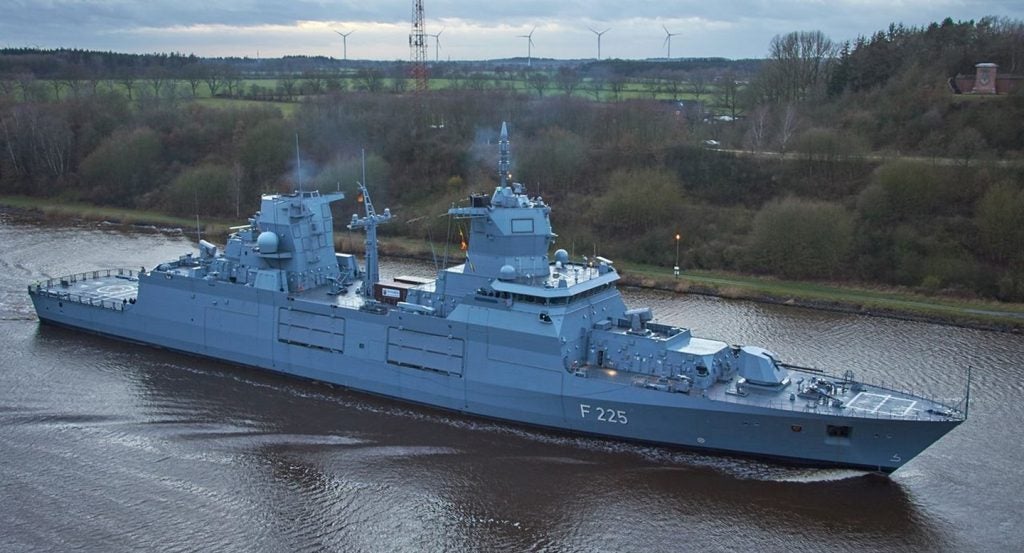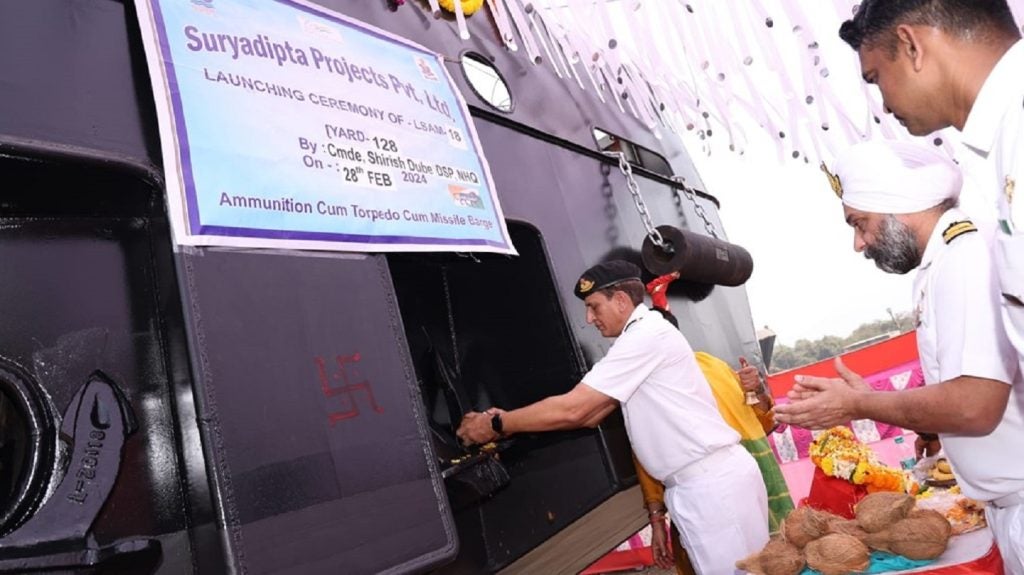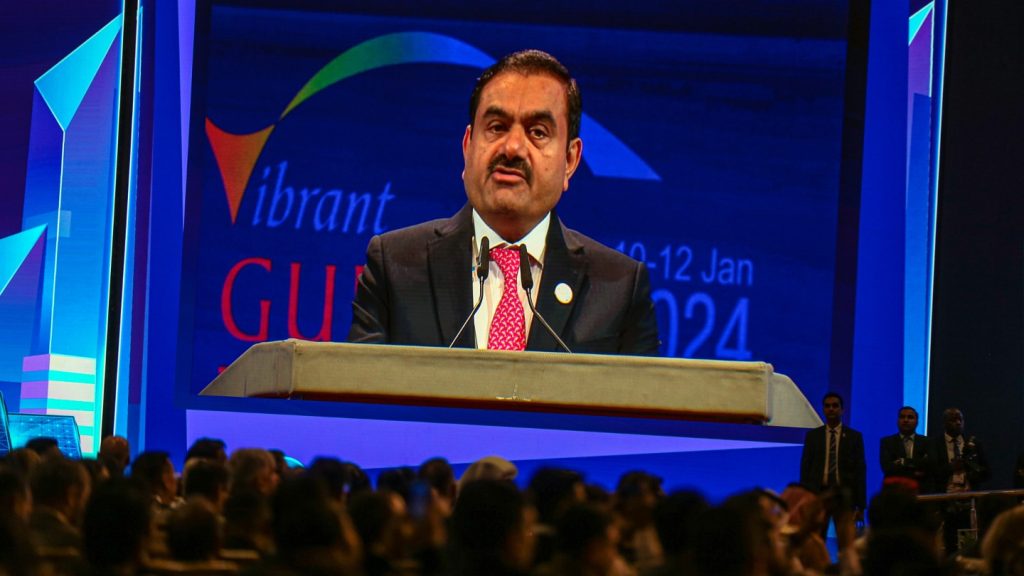The German Ministry of Defence (MoD) has stated the country's Next Generation Frigate – Air Defence – a joint procurement project between Germany and the Netherlands also referred to as the ‘F127’ platform – is still ongoing.
Despite broadly understood projected costs, delivery timelines, and equipment outfit, Germany has said that the decision making process for the planned F127 air defence frigates was not yet "finished" with analysis of options still to be finalised.
It is unclear as to what analysis or decision process is referred to, a German MoD spokesperson was unable to offer any further clarification when contacted.
The apparent tentative nature of the F127 runs counter to the progress being made on the German Navy's F126 programme, for which steel was cut marking the start of construction for the first vessels in December 2023.
A letter of intent was signed by both countries in December 2020 to design and develop the F127 as a next generation frigate; four for the Netherlands and six for Germany.
These are intended to replace the three Dutch De Provincien-class frigates, acquired between 2002 and 2005, and the German Navy’s three Sachsen-class (F124) vessels, procured between 2003 and 2006.
Concerns over the prospect of programme cancellation stem from a strategic pivot in defence policy, brought about by the German Defence Minister, Boris Pistorius, in July 2023.
According to GlobalData intelligence projected the Bundeswehr to spend $1.8bn (€1.65bn) and the Netherlands Ministry of Defence to spend $2.2bn on the collaborative programme.
Notably, two of the Royal Netherlands Navy’s four F127s will carry Evolved Sea Sparrow Block II missiles, the same as are used on the German F126 frigate. This will be combined with Active Phased Array Radar (APAR), which provides surveillance and detection capabilities.
According to British security think tank, the International Institute for Strategic Studies, the first vessels in the F127 programme are due to arrive in 2032; but Berlin has set an extremely ambitious goal of procuring six by 2035.
While a final order for the ships has yet to be placed, last month’s proposal from the prime contractor Thyssenkrupp Marine Systems already shows the basic direction of ambition: 12,000 tonne full-load displacement and at least 64 vertical launcher cells.
In addition, there are reports that the German Navy wants the F127 design to include the US Aegis combat system used on Arleigh Burke-class destroyers.
The other major new German surface combatant programme, the F126 design of new multi-purpose warships to replace the current Brandenburg class, procured in the 1990s, is also getting perilously close to the cruiser size threshold, raising the distinct possibility that by the second half of the 2030s the German Navy’s inventory of major-surface ships could be made up predominantly of cruisers.












